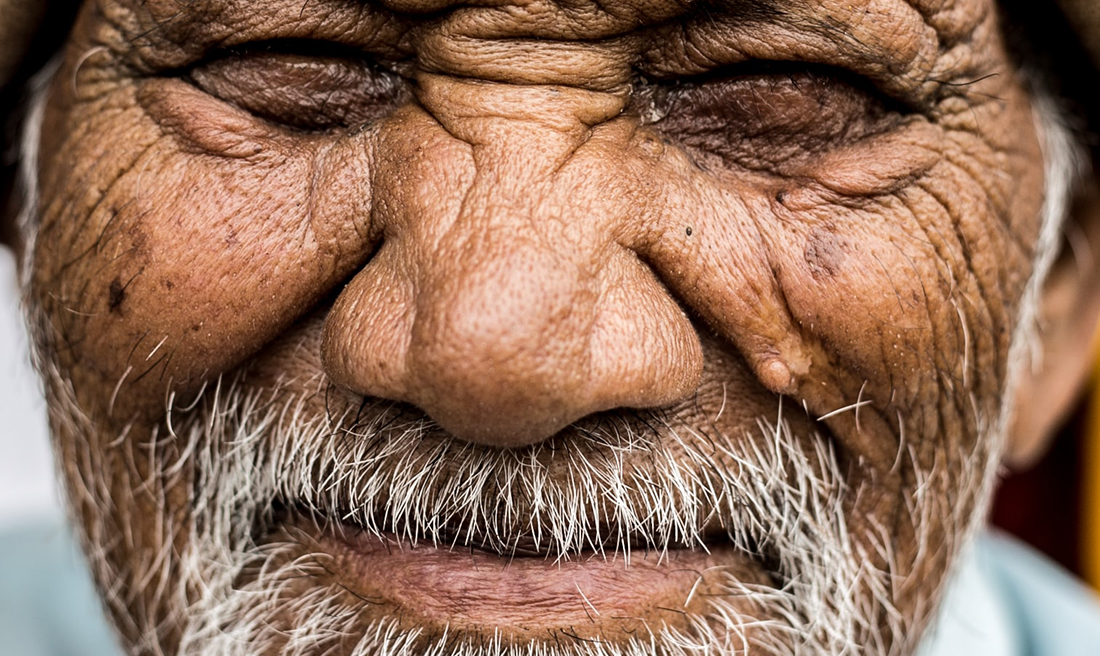
14 May Racial disparities heightened with COVID-19 crisis
By Nicholas Garton, The Capital Times
At first, Heydie Orr wasn’t sure what to make of her children’s flu-like symptoms. All three are 10 years old and under and had been at school and everywhere else active families go. It was March and even though the coronavirus was in the news, it just seemed like the kids had mild colds.
It wasn’t until a few days later, when Heydie, who is African American, became sick, that she realized something was wrong. Really wrong.
“My kids were sick first,” said Orr, a University of Wisconsin-Madison graduate who now lives in Detroit. “We thought it was just the common cold. We didn’t pay attention to it until I got sick. I was like, something is strange here. When the test came back positive for COVID-19, that’s when I called my kids’ doctor.”
Because testing was limited at the time, her family pediatrician recommended they simply acknowledge that since Orr was positive, her kids were most likely infected as well.
Each member of the Orr household had different symptoms. For her oldest child, 10, it was mostly chills and a fever. For the other two, 7 and 9, it was runny noses and coughs. Her husband, Jonathan, had a different symptom every day.
“He had headaches some days, a fever one day, but his manifested differently because it wasn’t all at once,” Orr said. “So everyone’s experiencing it differently.”
For Orr, things got really bad on March 28. Around 3 a.m., she began having severe difficulty breathing. She couldn’t lay down flat on her back because her lungs wouldn’t inflate in that position. Every breath hurt.
The hospital was only taking patients whose breathing difficulties were so severe, they couldn’t speak. She was told to stay home.
“That’s when I really called on my family to pray for me,” Orr said. “It was scary and debilitating. I cried a lot because I felt like every breath was a risk. Anxiety and fear were there for me because I was thinking, ‘What if I don’t make it?’”
Orr suffered alone in her darkened bedroom to shield her children from the fear that would come from knowing what their mother was going through.
“We did not even tell my kids that I had COVID-19 or that they had COVID-19,” Orr said. “We didn’t want to frighten them. They knew from the news how deadly it was. I didn’t want to cry in front of them because I didn’t want to scare them. Crying hurt my breathing even more.”
The worst of her breathing issues lasted about 12 hours, Orr said, then the prayers of her family and the strength of multiple home remedies took hold, and her breathing started to return to normal.
By the next day her fever finally broke and she began to recover. But the illness was unlike anything she’d ever experienced.
According to the U.S. Census Bureau, African Americans make up 6.7% of Wisconsin’s populations, but they account for 29% of the people who have died in the state from COVID-19, higher than the national number of 21.9%. Blacks make up 21% of the COVID-19 cases statewide.
Beyond that, black patients are more likely to carry stress and fears of dealing with the health care system with them to the clinic due to lack of health insurance, average family income disparities compared to whites, employment in jobs on the frontlines in the battle against the coronavirus and housing insecurity issues that mean many in the African American community live in close proximity to others in multi-family units. All of these issues existed before the novel coronavirus began to spread.
Not as prominently discussed are the mental health challenges many black people face, both during the COVID-19 crisis and before it arrived. Those issues are tied directly to how the disease has disproportionately affected the black community. Read more …



